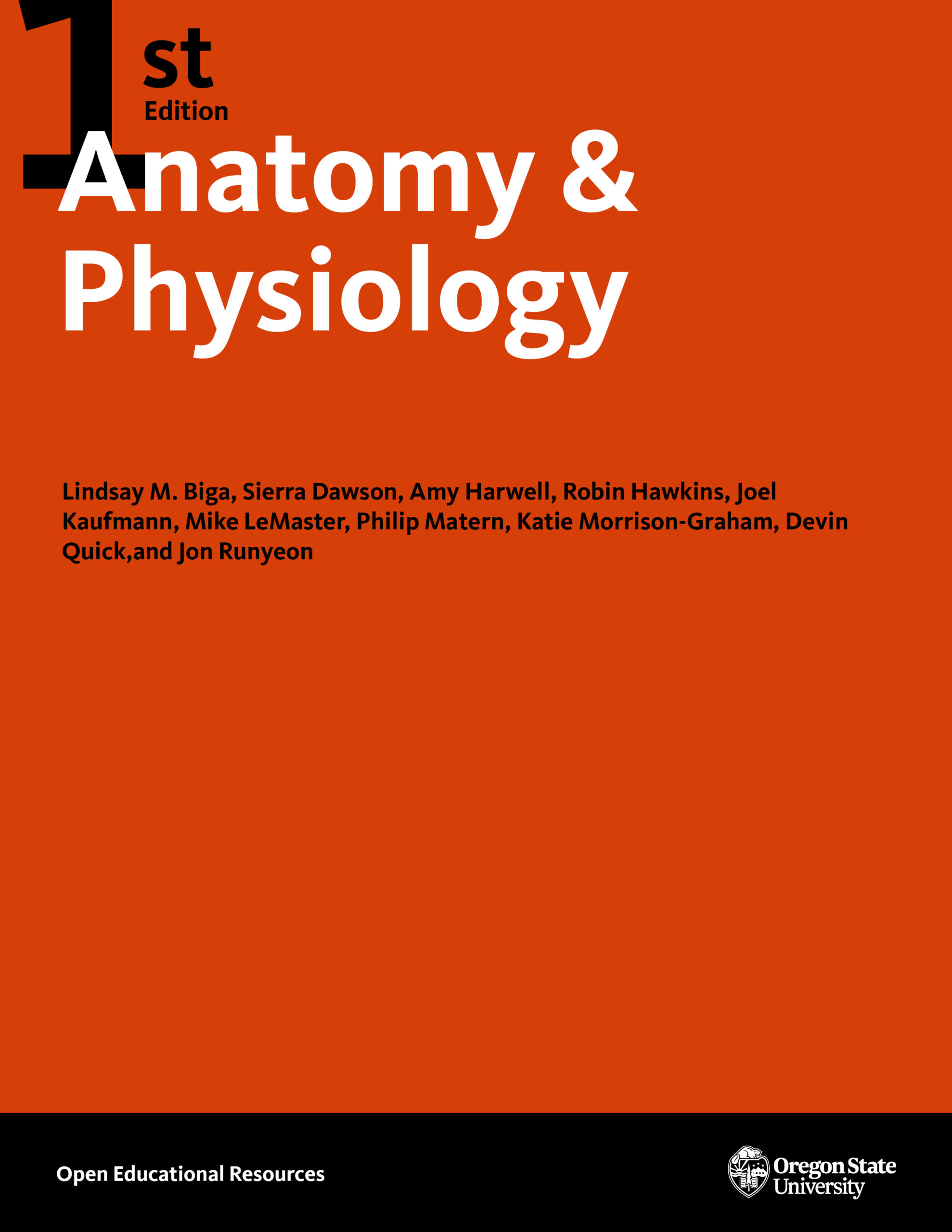
Nhà xuất bản: Project Gutenberg
Thể loại: Y học sức khỏe
Định dạng: Epub
Lượt xem: 544
Ngày cập nhật: 14/04/2021
Book Description: An adapted version of the OpenStax Anatomy & Physiology (https://openstax.org/details/books/anatomy-and-physiology) with revised content and artwork, Open Oregon State, Oregon State University.
Traffic analytics interactive report
Chapter 1. An Introduction to the Human Body
Chapter 2. The Chemical Level of Organization
Chapter 3. The Cellular Level of Organization
Chapter 4. The Tissue Level of Organization
Chapter 5. The Integumentary System
Chapter 6. Bone Tissue and the Skeletal System
Chapter 7. Axial Skeleton
Chapter 8. The Appendicular Skeleton
Chapter 9. Joints
Chapter 10. Muscle Tissue
Chapter 11. The Muscular System
Chapter 12. The Nervous System and Nervous Tissue
Chapter 13. The Peripheral Nervous System
Chapter 14. The Central Nervous System
Chapter 15. The Special Senses
Chapter 16. The Autonomic Nervous System
Chapter 17. The Endocrine System
Chapter 18. The Cardiovascular System: Blood
Chapter 19. The Cardiovascular System: The Heart
Chapter 20. The Cardiovascular System: Blood Vessels and Circulation
Chapter 21. The Lymphatic and Immune System
Chapter 22. The Respiratory System
Chapter 23. The Digestive System
Chapter 24. Metabolism and Nutrition
Chapter 25. The Urinary System
Chapter 26. Fluid, Electrolyte, and Acid-Base Balance
Chapter 27. The Sexual Systems
Chapter 28. Development and Inheritance